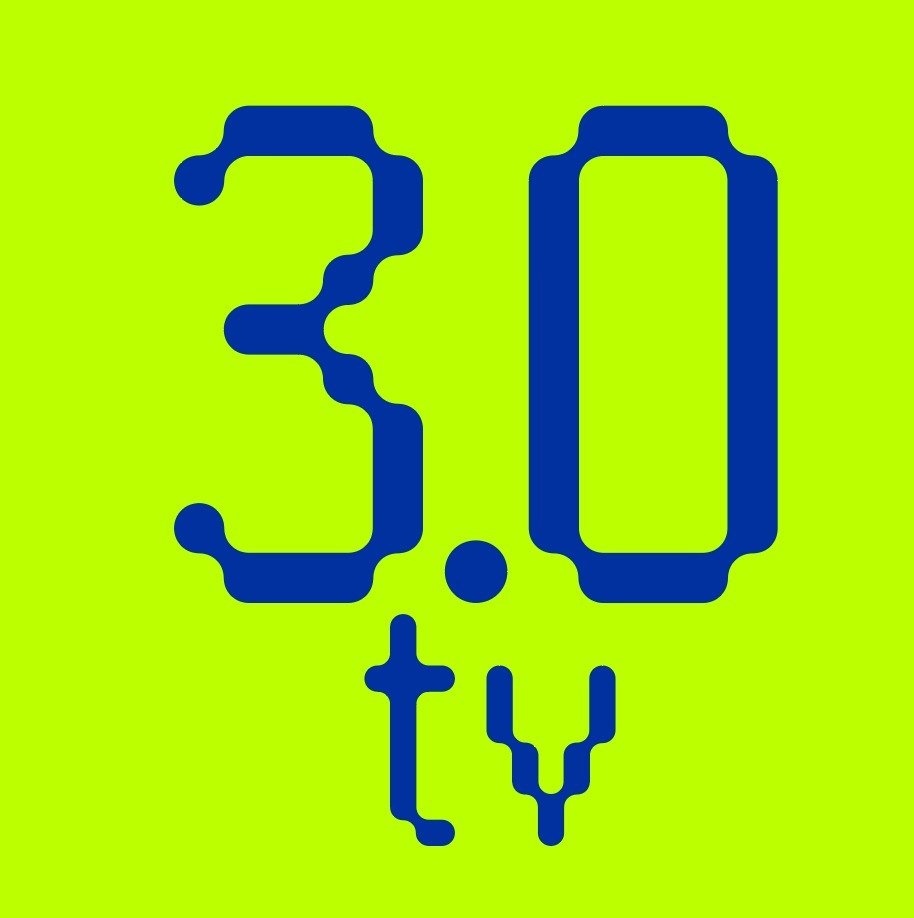You need to login in order to Like
Hyperledger Fabric For Blockchain Technology
By Sandeep Kasalkar
The blockchain is a high-end, immutable transaction ledger that efficiently maintains a distributed network through the use of Peer Nodes. Normally, these are the central nodes that effectively maintain the ledger by easily validating using consensus protocol transactions. They are primarily organised into blocks that include the hash that connects each of the blocks in the preceding blocks.
Hyperledger Fabric is an open source enterprise-grade distributed ledger technology (DLT) platform that is primarily intended for high-end use in enterprise contexts and would efficiently deliver the best key differentiating capabilities on the distributed ledger in a broad manner. This platform focuses on providing distributed ledger solutions, and its modular architecture is primarily concerned with secure, private, and scalable backend features. Hyperledger Fabric is primarily built to be pluggable with many systems to accommodate the complexity of contemporary systems. Most companies employ blockchain programmers to adopt the new approach using Hyperledger Fabric.
Hyperledger Fabric characteristics:
- Almost everything can be traded on the modern network for money.
- Chaincode execution is primarily divided into small portions dependent on the sequence of transactions.
- increased levels of faith
- enhanced scalability and performance of the network
- Encodes shared ledger
- query capability similar to SQL
- Auditing and dispute resolution are simplified.
- Transactions on a multilateral scale
- Exceptional levels of privacy
- Any network can be used to exchange assets.
- A reliable blockchain network
- Enterprise-level scalability and flexibility
Benefits of Hyperledger Fabric:
- Modular Architecture: Hyperledger Fabric primarily encourages developers to create pluggable components with advanced architecture.
- Permission Membership: The Permissioned Blockchains Membership is primarily appropriate for finance companies, with data protection and healthcare aspects in mind.
- Trustworthiness, Performance, and Scalability: With the various number of transaction verifications, Hyperledger Fabric focuses on reducing layers of trust.
- Immutable Distributed Ledger: The sequences records in the state of transactions with Blockchain application are referred to as the ledger. New file system designed primarily for immutable peer nodes.
Disadvantages of Hyperledger Fabric:
- Tolerance for network failure
- SDKs and APIs are required at a minimum.
- Architecture of Complexity
- a scarcity of proven use cases
- Insufficiently skilled programmers
You need to login in order to Like


















